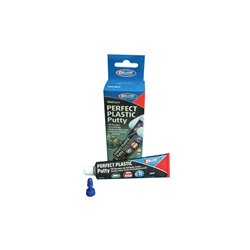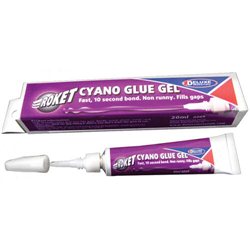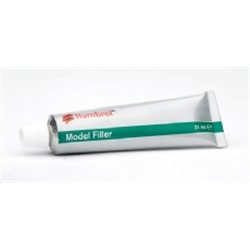Most modellers tend to underestimate the size of trees. Obviously, the size will depend on the tree but oaks can...
No products
Product successfully added to your shopping cart
There are 0 items in your cart. There is 1 item in your cart.
Search Tips
End of year opening times
If you select next day delivery, please note deliveries are not made on New Year's Day.
The shop in Sandown is closed on New Years's Day and closing at 2.30pm on New Year's Eve.
Tuesday 30th: 10am to 4.30pm - Wednesday 31st: 10am to 2.30pm - Thursday 1st: closed - Friday onwards: 10am to 4.30pm.
How do I fill holes in a model?
There are many products on the market for filling holes:
There are plastic putties straight out of the tube, there are two-part putties that you mix together by squeezing between your fingers until they change to one uniform colour and even liquid fillers, like cyano gel.
Most model makers will have a selection of all these which you can build up over time.
When using plastic putty, simply apply to hole or joint.
I then use a wet finger while putty is still malleable to remove any excess. Most putties don't shrink when dry and you can then paint straight over the top.
Always read the manufacturer’s instructions before use as different products have different criteria for working the putty while wet and when dry.
Click here to receive the tips weekly in your mailbox. You can unsubscribe at any time.










